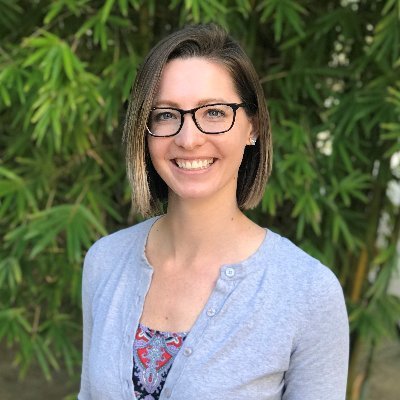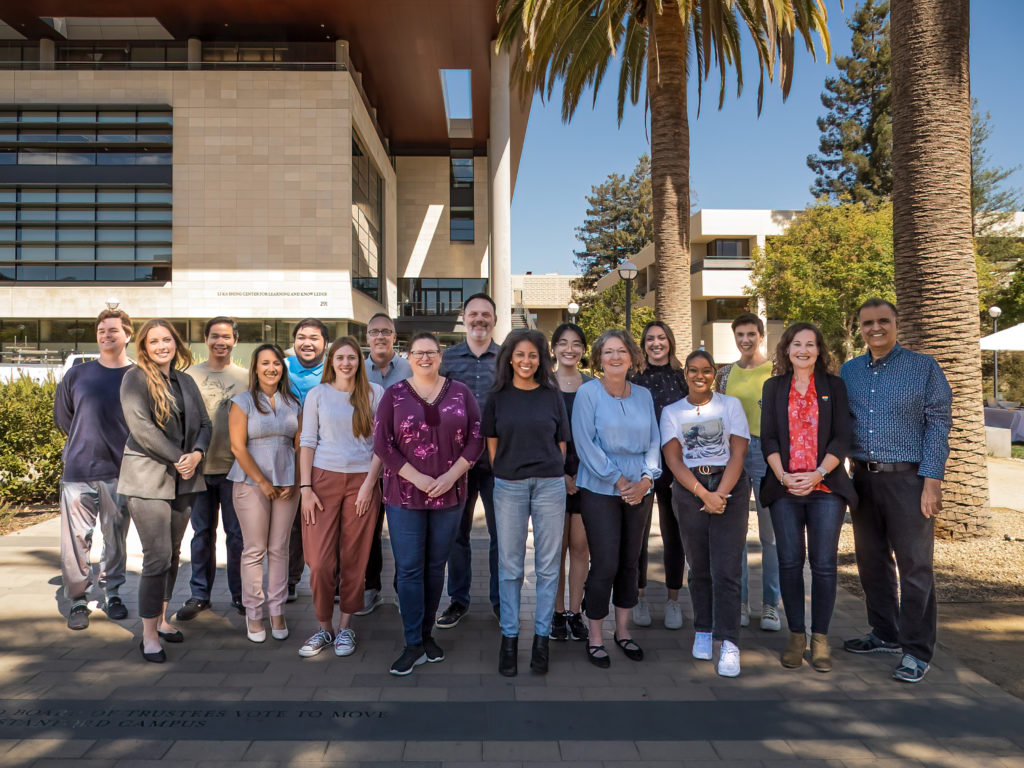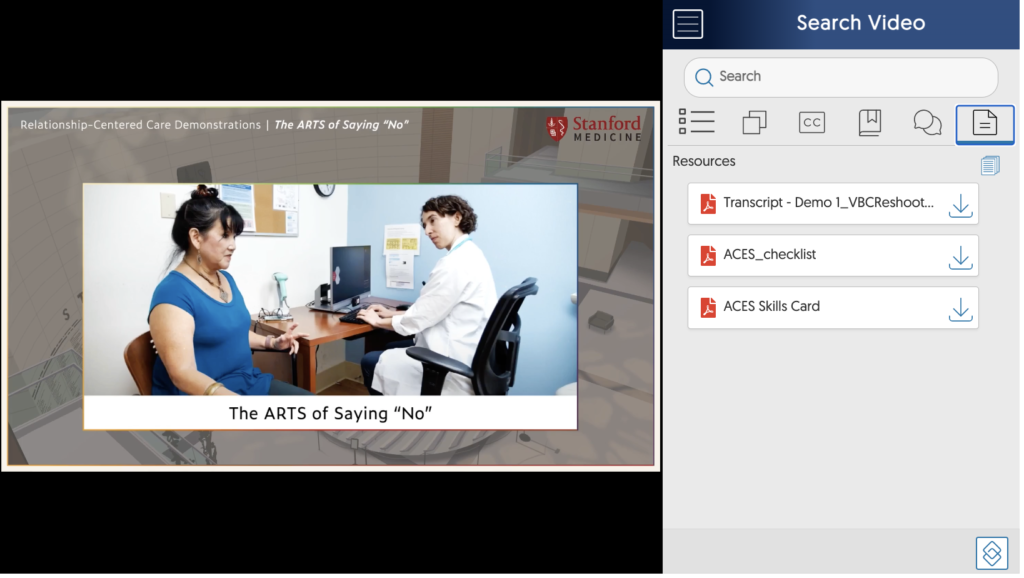VBCA
Video: Introduction to Lesson 6
This lesson is brought to you in collaboration with the A.C.E.S. team from the Stanford Physician Partnership Program. When you have finished watching the video, please fill out the survey question below.
Value-Based Care Academy Course Team

Swati DiDonato, MD, MBA | Course Co-Director
Swati is a Clinical Assistant Professor in the Division of Hospital Medicine. As the co-director of Stanford’s Value-Based Care Academy, she is passionate about empowering physicians at Stanford to provide high-quality, high-value care. As a faculty member at the Stanford Clinical Excellence Research Center, her research focuses on efforts to apply artificial intelligence to improve patient outcomes. Swati is passionate about medical education and serves as Stanford’s MD/MBA career advisor and Associate Program Director of the Resident Safety Council. She is enthusiastic to partner with you on value-based care initiatives and educating our next generation of physicians on this critical topic.

Audra Horomanski, MD | Course Co-Director
Audra is a Clinical Assistant Professor in the Division of Immunology & Rheumatology. In her role as co-director of Stanford’s Value-Based Care Academy, she combines her interests in innovative approaches to medical education and promoting high-value patient care. She also serves as Associate Program Director for the Stanford Immunology & Rheumatology Fellowship program where she is working to adapt Rheumatology fellowship training to new methods of both didactic teaching and patient care. Audra’s clinical time and research efforts center around systemic vasculitides as the Director of the Stanford Vasculitis Clinic. She is excited to further the mission of the Value-Based Care Academy by engaging Stanford faculty, staff, and trainees in dialogues about how we can incorporate value into our clinical decisions.
Sponsored and Supported by the Value-based Care Program Leadership Team
Robert Fairchild, MD, PhD (Medical Director)
Robin Kamal, MD, MBA (Medical Director)
Ria Paul, MD (Executive Medical Director)
Sang-Ick Chang, MD (Executive Physician Sponsor)
Zarrina Bobokalonova, RN, MSN, BEc, CPHQ (Executive Administrative Lead)
Maggie Wang, PhD, MPH (Senior Program Manager)
Lesson 6 Collaboration and Co-Sponsorship
Maysel Kemp White, PhD, (Consultant, Stanford Physician Partnership Program)
Calvin Chou, MD, PhD, (Consultant, Stanford Physician Partnership Program)
Special Thanks
David Overton, RN,CCM,FACHE
Course Design by the Educational Technology Team, Stanford Medicine

https://med.stanford.edu/edtech.html
Preparing to Watch the Video Demonstrations
Please use the downloadable checklist and note how the clinician covers the three functions of relationship-centered communication. The checklist can be found in the resource section of the Yuja Video Player menu and can also be viewed beside the video. We strongly suggest you use full-screen mode if you view them this way. You may also download the checklist from the Yuja menu or via the link at the bottom of this page to have it in your files.

Three Functions of Relationship-centered Communication
As you watch the videos, please note how the three functions listed below are employed in each scenario to model relationship-centered communication at the bedside.
- Makes a person-to-person connection.
- Co-creates an agenda to address what matters most and a shared mental model of the patient’s illness experience by asking open-ended questions and responding with PEARLS.
- Collaborates to agree on a plan the patient can follow.
Additionally, we’d like for you to consider the exact words you might use to apply this skill with your patients. See the examples below outlined as PEARLS statements.

Lesson 6 Conclusion & A.C.E.S. Resources
A.C.E.S. Document Downloads
A.C.E.S. Checklist
A.C.E.S. Skills Card
A.C.E.S. Course Catalog
A.C.E.S. 1.0 Advancing Communication Excellence at Stanford through Virtual Learning
Video: Demonstration 3: Demonstrating Relationship-Centered Communication in the Context of Diagnostic Uncertainty
VBCA Demo 3: Skill Set 3 Reflection
Video: Demonstration 2: Relationship-centered Communication for End-of-Life Care Conversations
Please watch the video below and answer the skill set 2 reflection question before you mark this lesson completed and move on to demonstration 3.
VBCA Demo 2: Skill Set 2 Reflection
Video: Demonstration 1: Applying Relationship-Centered Communication Principles when saying “No.”
Watch the video demonstration below. When you are prompted, pause the video, scroll down, and fill in the skill set 1 reflection question. After you resume and finish the video click Mark Complete to advance to Video Demonstration 2.
Video: Managing and Communicating Diagnostic Uncertainty in Our Practice
Watch the video lesson below. After you have finished watching the video, scroll down and click the Mark Complete button to advance to Lesson 6.


